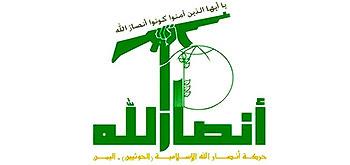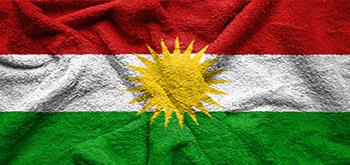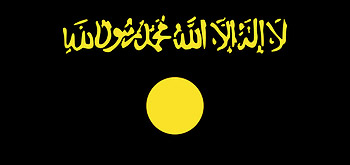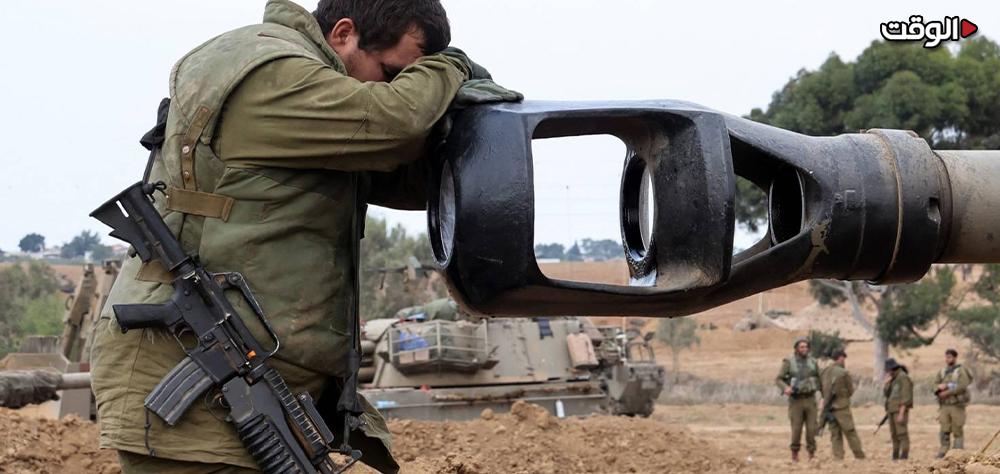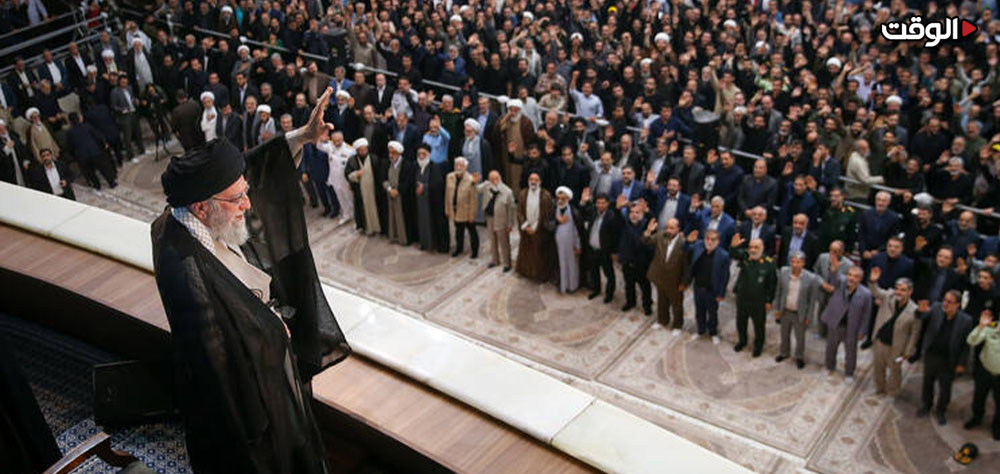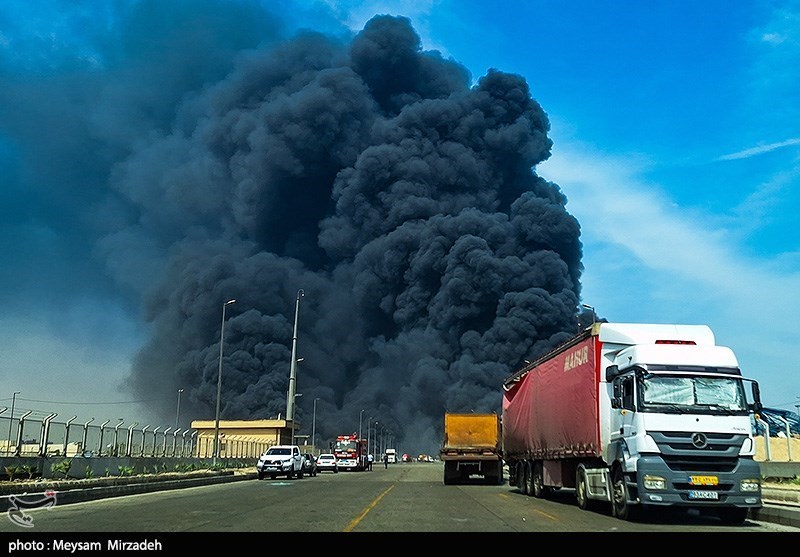Alwaght- The war on Gaza that started in October 2023 is still unfolding and entry to the second year has left the Israeli army struggling with shortage of forces.
As the operations continue unabated and the Israeli Prime Minister Benjamin Netanyahu seeks to re-occupy the coastal enclave in an expanded campaign, the Israeli army is facing an extreme crisis of force recruitment, especially amid heated debate over compulsory military service of the ultra-Orthodox Jews known as the Haredim.
Haaretz newspaper revealed recently that the Israeli army between July 2024 and April 2025 issued 10,000 recalls for Haredi youths for recruitment, but only 205 have responded affirmatively and were practically recruited.
The prominent Israeli newspaper pointed to the urgent need for increase in the number of the Israeli troops, adding that the main aim of Gaza operation is release of prisoners held by Hamas since October 7 attack, pressing militarily to advance the negotiations, and weakening Hamas resistance movement. A military source told Israel's Channel 12 that the army is short of about 10,000 troops and 2025 will be a "decisive year."
Institute for National Security Studies: Elite Golani Brigade suffered the biggest number of casualties in Gaza war
While the Israeli media talk about shortage of reserve forces as a big challenge, the rising number of casualties in the ongoing battles has compounded the situation and made pressing ahead with war a difficult job.
Institute for National Security Studies on Wednesday in a report said that Golani Brigade, a much-vaunted elite unit, with 109 deaths in the war has been the top unit losing forces and suffering during the aggression on Gaza.
Details of the heavy casualties of the Golani Brigade
According to the statistics announced in this report:
73 members of this brigade were killed on the first day of ground invasion and during the deployment of the 13th and 51st battalions in the Gaza Strip.
According to this report, two-thirds of the Israeli casualties in this war were from the regular military forces and the rest were from reserve soldiers.
Casualties of other units of the Israeli army:
Givati Brigade: 68 killed
Nahal Brigade: 63 killed
Paratrooper brigades: 46 killed
Commando Units: 43 killed
Armored Brigade 7: 29 killed (19 people only on the first day of the war and mainly from the 77th battalion that was deployed in the siege of Gaza)
Reserve brigade 261: 22 killed (19 people in a single incident)
Reserve brigade 551: 20 killed
Overall figures of Israeli military casualties
According to the latest update published by the Israeli army, the number of troops killed since invasion of Gaza has reached 850.
This figure is a subject of question as the Israeli army has a record of censorship over the casualties and damage during the war. It is worth noting that military censorship is a unit within the Israeli army's Intelligence Directorate, which is a military official appointed by the minister of defense and is responsible for carrying out preventive censorship within the occupied territories regarding the dissemination of information that may be harmful to national security.
In these circumstances, the army's inability to free prisoners despite the complete destruction of Gaza and the brutal killing of Palestinian civilians, along with the rising number of casualties resulting from the continued operations of resistance fighters of Hamas and Islamic Jihad have severely weakened the morale of the Israeli soldiers and disappointed society with the achievements of the ongoing war. This issue has had its domino effects in the form of protest petitions in various units of the army and the increase in insubordination of officers.
In fact, these figures not only highlight the huge casualties of the army, but also the gap between the media propaganda and the battleground reality. Continuation of this situation can build home pressures on Netanyahu and question Tel Aviv’s military strategies.
Need for urgent security amid enormous economic damage
The severe shortage of manpower has not only affected the military, but also the Israeli economy, which has been in a state of rapid decline due to the government’s insistence on continuing the large-scale war against the people of Gaza.
According to a report published by the Israeli Calcalist newspaper, the economic losses incurred by Israel in 2024 due to heavy military spending and the failure to recruit the Haredim into military service have been documented. The report shows that the value of the losses has reached about 8.5 billion ($2.34 billion) shekels (equivalent to 6 percent of total military spending in the same year). The cost of deploying reservists alone was 2.9 billion shekels (over $800 million), while the Israeli economy lost another 3.5 billion shekels (nearly $1 billion) due to the decline in GDP.
Long absence of reservists plagues labor market
The long absence of reservists from the labor market has also exacerbated the economic damage. The report by Calcalist shows that the cost of a day of service for a reservist is estimated at 2,500 shekels ($690), while the cost for a regular soldier from the Haredi community is estimated at only 700 shekels ($194). Han Herzog, chief economist at BDO accounting and consulting group, noted that expanding the scope of compulsory service to the Haredi community could reduce the costs of relying on the reservists by about 70 percent.
The report adds that if 27,000 young people from religious institutions - who are no longer exempt from the right to delay service - were recruited, the economic damage would be significantly mitigated.
Israeli finance ministry officials have also warned that if the level of Haredi labor market participation remains low, per capita GDP will decline by 3 percent by 2030, and this figure could reach 13 percent by 2060. Kafir Batat, deputy director of the ministry's budget department, held that integrating Haredi men and Arab women into the labor market could increase welfare levels by about 20 percent.
Warning about deteriorating economic crisis
Other economic reports in Israel have also warned that the crisis is deepening. Calcalist described the current situation as a “debt trap,” as the budget deficit is snowballing and borrowing costs are rising, while risk and interest rates are rising and productivity growth is slowing. The report concludes that such conditions are leading to a rapid increase in public debt to GDP, doubling the pressure on the government’s finances and making future debt servicing even more difficult.
Alarming figures of mental disorders
On the other hand, the current war has had a profound impact on Israeli society; an impact that is not limited to the humanitarian and economic dimensions, nor even to the Israeli concerns about the future of the regime, but has also severely affected their mental health.
According to a report published by the Home Front Information Center (affiliated with the Military Intelligence Department) and the Israeli ministry of economy and industry and republished by the Times of Israel, the current war has caused widespread damage to the mental health of Israeli citizens and has had a devastating mental impact on a large part of society.
The report, according to Times of Israel, suggests that the war has led to an unprecedented situation in which a high percentage of the population is at risk of developing various mental disorders, including post-traumatic stress disorder (PTSD), anxiety, depression, and addiction. In fact, most residents of the occupied territories are experiencing some degree of mental distress, including:
- A 900 percent increase in visits to mental health service centers since the start of the war compared to the period before.
A 100 percent increase in the number of people seeking individual, family and group psychological help.
The number of referrals to the National Trauma Support Center (NTSC) has increased 15 fold in the first months of the war. In 2022, about 1,540 people had visited the center, but from the start of the war to June 2024 (within 9 months), 43,000 people (26,000 men and 17,000 women) used its services. Interestingly, 39 percent of the visitors to the NTSC were reservists (10 times their share in the population). According to data from the Israeli ministry of defense, from October 2023 to August 2024, 1,056 reservists and security forces were injured, a third of whom suffered from mental complications.
A 950 percent increase in requests for counseling to the Aran, a mental first air service in Israel, for anxiety, trauma and grief.
The number of new patients in state-run health centers has increased from 1,500 per 6 months before the war to 8,700 from the start of the war to April 2024.
Alarming poll results
According to Aljazeera, a poll conducted in March 2024 by Maccabi Fund, which finances loans for medical treatment or medical accessories, showed that 30 percent of Israelis suffer from mental conditions ranging from moderate to poor. 55 percent of women sbd 31 percent of men have announced that their mental health worsened since war began. 62 percent of women and 38 percent of men have reported fall in sleep quality and 55 percent of Israelis are experiencing degree of anxiety compared to 11 percent before war, and 23 percent suffer from moderate to extreme anxiety.
Also a poll jointly conducted by University of Haifa and Robin Center showed that 75 percent of Israelis suffer from emotional exhaustion.
According to studies of Ariel University, about half of the Israelis experienced fall in productivity and motivation in the first week's of war.
Predictions suggest that should the war continue, between 13,000 and 60,000 will be damaged by long-term post-traumatic stress disorder. Additionally, a large number will be grappling with anxiety, depression, and other mental disorders.



